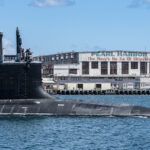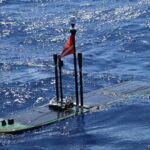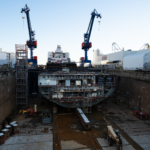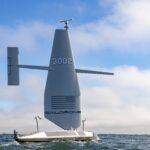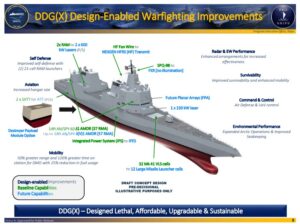
The Chief of Naval Operations recently said the Navy will retain a lead on designing the next destroyer, DDG(X), and compared the effort to the transition from the Ticonderoga-class cruisers to the current Arleigh Burke-class (DDG-51) destroyers. As the Navy learns from moving forward with the Constellation-class guided-missile frigate, “I think it's important that the Navy maintain the lead on design. And so what we've done with DDG(X) is we brought in the private shipbuilders, so that they can help…

 By
By 